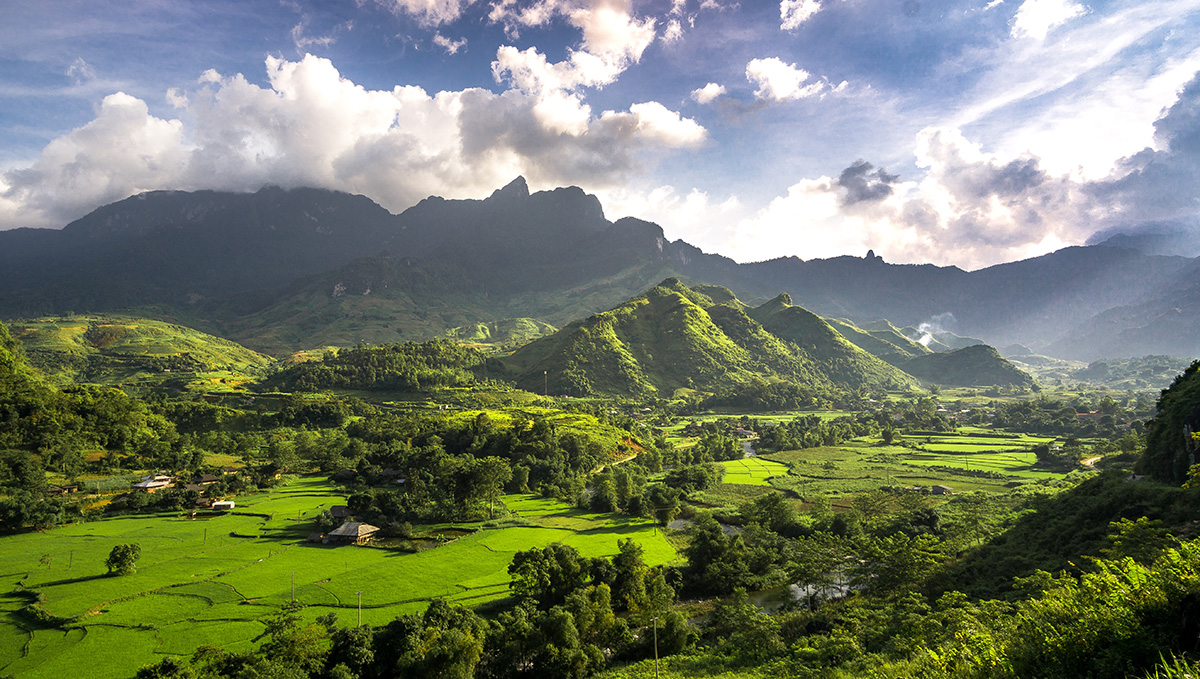This story brings us to Vietnam where I presented at a webinar, organized by the IFC, the International Finance Corporation. Thankfully highly skilled translators were able to translate in realtime to and from Vietnamese to allow meaningful discussions across the globe. The topic was ”Digital Disruption in Agriculture Vietnam – GHG Emissions Measurement and Reporting Tools”. My talk covered a joint project from Seaspray Labs and Irri, the International Rice Research Institute.
In other posts I already talked about the climate impact of rice and how different farming practices can drastically cut emissions. To cut emissions, we need to measure existing emissions and then make ongoing assessments to monitor and reduce emissions. IRRI’s scientists have developed highly accurate rice emission calculators over many years. These were originally Excel based and Seaspray Labs partnered with Irri to develop web-based versions of the calculators. Now we are going one step further and developing an API. It will allow partner organizations to access IRRI’s calculator in their own apps and services. This is how it works:

This is how the API works for a fictional carbon credit app for rice farmers. The app gets rice farming information from its end user. These are the inputs the API needs to calculate emissions. The API then sends the results back to the app and the app can present these results meaningfully to its end user.
This is one example I showed in my talk. A second example showed a very different app for a very different user group. I mocked up a regional planning app. Vietnam wants to reduce methane emissions by 30% by 2030 and moving to low-carbon rice production will play a major role. My mockup shows how a planner can adjust the percentage of low farming practices and traditional farming practices to explore emission reductions of entire regions by 2030.
These are just two examples. The API is currently in development and I’m excited to see what other ideas IRRI’s partners will come up with. Hopefully these apps and services can translate into climate action for rice farmers, agriculture organizations, food companies, and consumers to reduce our carbon footprint.

